How Leadership Shapes Sustainability Governance
INSEAD Knowledge
OCTOBER 11, 2023
Governance for sustainability Board governance of sustainability involves three distinct areas. The next area of governance is controls and practices, which covers oversight of how the company is adopting controls and best practices to ensure the integrity of its sustainability journey.



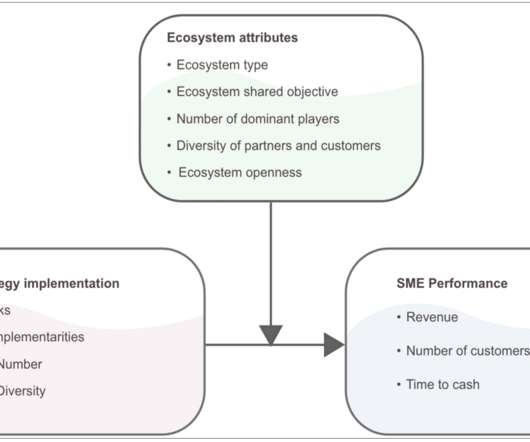
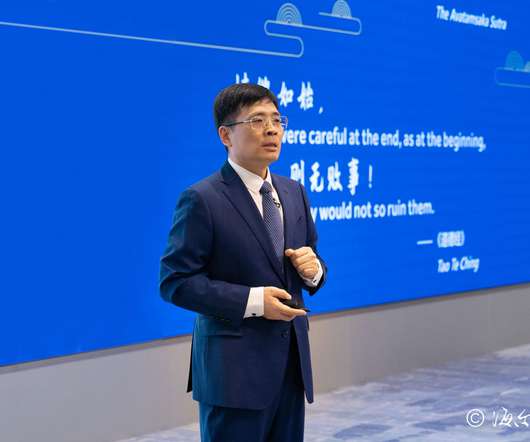
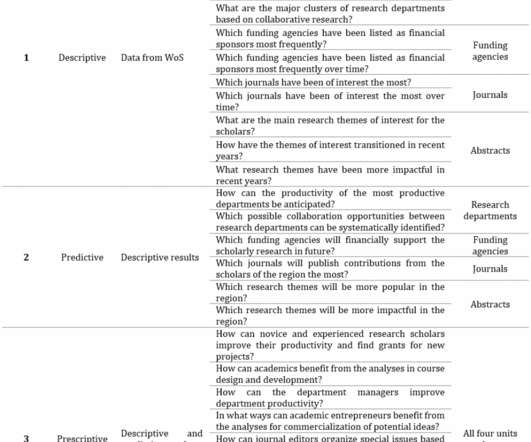
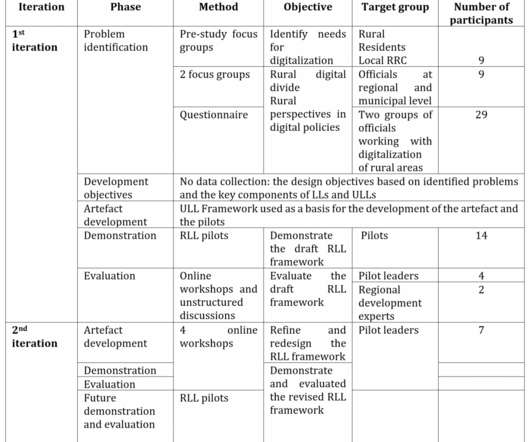
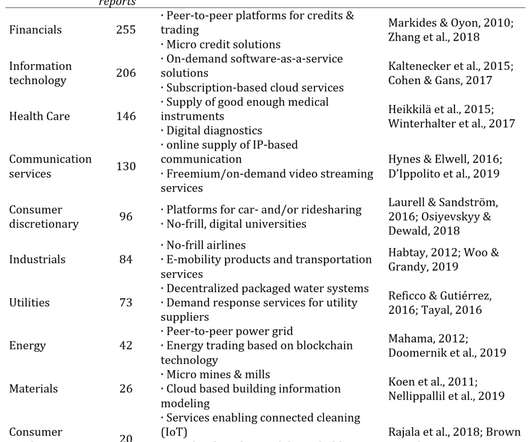






Let's personalize your content